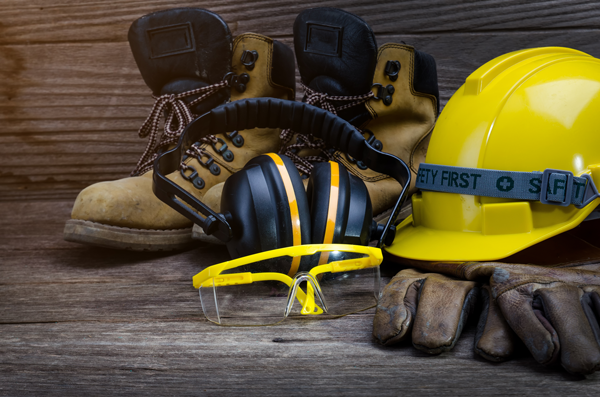Please enjoy this article posted by safetytalkideas.com about Line of Fire Hazards.
A simple definition of “line of fire” is being in harm’s way. Line of fire injuries occur when the path of a moving object intersects with an individual’s body.
Three major categories of line of fire incidents are caught-in or between incidents, struck-by incidents, and released energy incidents. There are many specific examples of hazards for each of these categories. A few quick examples for each category:
- Caught-in or between– A construction worker is standing between a wall and an excavator. When the excavator spins around the counterweight pins the worker against the wall. Another example would be a worker placing his hand too close to a rotating gear and gets it pulled into the gear.
- Struck-by– A pedestrian struck-by a moving vehicle or an object falling from a higher level striking a worker below are examples of struck-by incidents.
- Released energy– A pipe releasing hot steam from a valve that is being removed or metal banding snapping back at an employee after being cut are examples of released energy.
The best way to avoid line of fire incidents is to eliminate the hazards that cause these incidents whenever possible. By eliminating the hazards there is no chance that you or anyone else in the work area can be injured by that hazard.
When elimination is not possible, engineering controls are the next best choice in protecting yourself from line of fire incidents. Some engineering controls that could protect you from line of fire incidents include physical barriers, guarding around moving parts, and toe boards on elevated work platforms to prevent objects from falling to the area below. There are many other possible engineering controls that could be used depending on the specific hazard.
Total elimination of hazards is not always possible and engineering controls may not be feasible or they can fail. Because of this reality, it is important to decrease your chance of being a victim of line of fire injuries by not putting yourself in harm’s way in the first place. Understand the work tasks that are going on around you and the associated hazards. Ask yourself what is the worst that can happen or what will happen if a certain safeguard fails. Recognize line of fire hazards and act accordingly.

